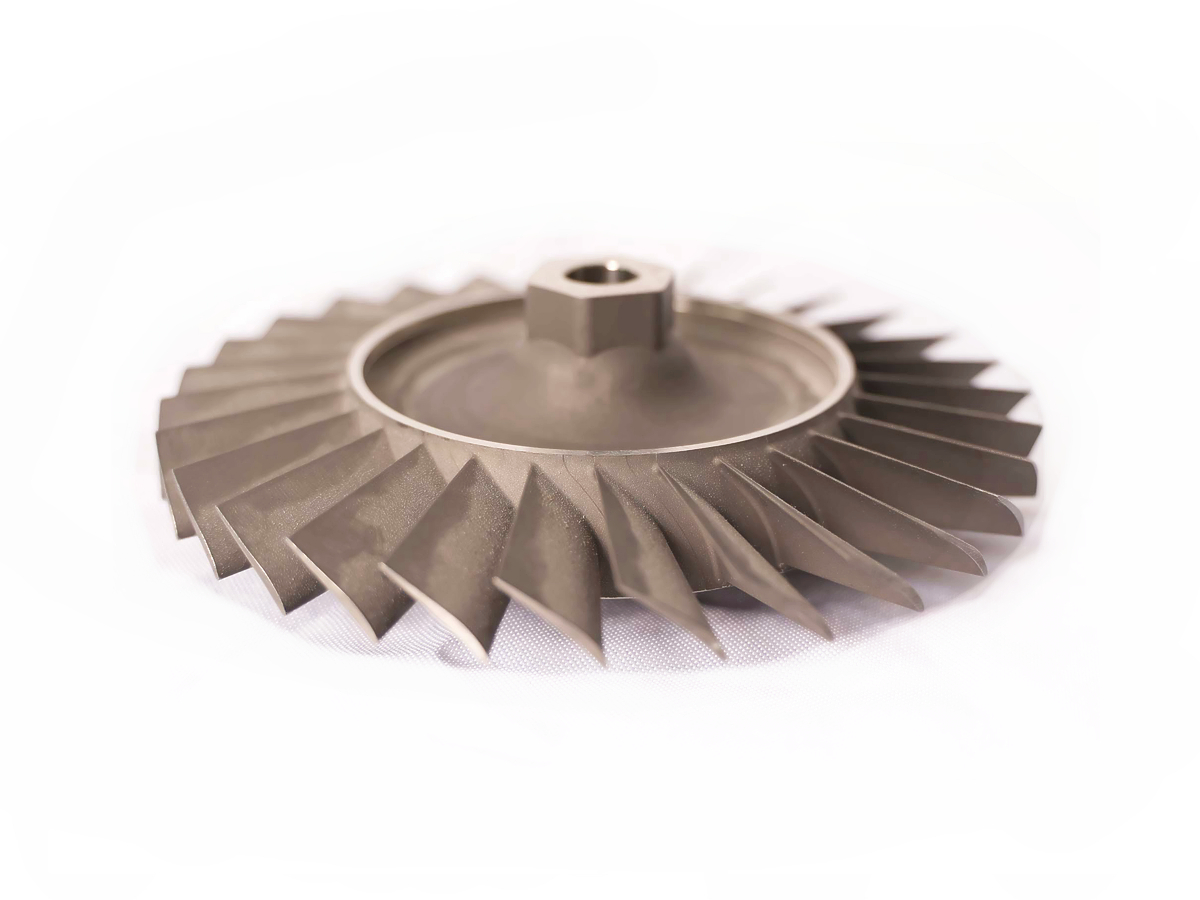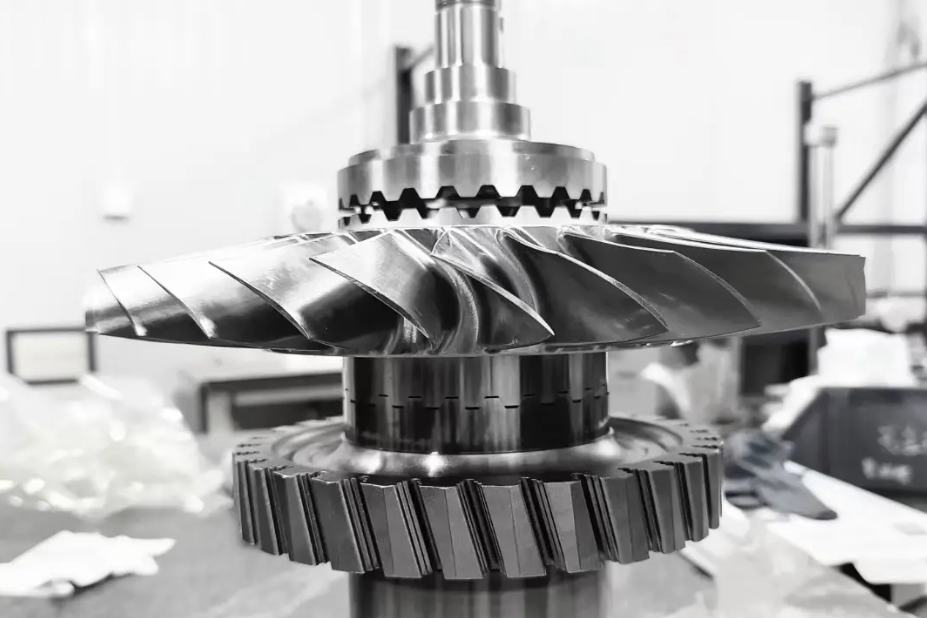Why is stress relief necessary after machining superalloy components?
Stress relief is a critical and non-optional post-machining step for superalloy components because it directly addresses the fundamental conflict between the immense, localized stresses imparted during machining and the high-integrity performance requirements of the final part. Without it, the component's dimensional stability, mechanical properties, and service life are severely compromised.
The Origin of the Problem: Machining-Induced Stresses
The machining process itself is a severe plastic deformation event. In superalloys like Inconel or Waspaloy, which possess high yield strength and significant work-hardening tendencies, the act of shearing material to form a chip plastically deforms a thin layer of the workpiece surface. This creates two types of residual stresses: mechanical stresses from the cutting forces that compress and stretch the material, and thermal stresses from the rapid, localized heating and cooling cycles. Superalloys' low thermal conductivity exacerbates this, trapping heat in the cut zone and creating steep thermal gradients. The net result is a part that may be geometrically correct on the CMM at room temperature but is internally locked in a state of high tensile and compressive residual stress.
The Consequences of Unrelieved Stresses
Leaving these stresses unaddressed leads to several catastrophic or costly failures. The most immediate is geometric distortion. When the part is subsequently released from its fixturing or when additional material is removed in later machining steps, the internal stress equilibrium is disturbed. The part warps or twists to find a new balance, rendering it out of tolerance. This is especially devastating for complex, high-value components produced through precision machining service.
Furthermore, residual tensile stresses at the surface act as a pre-load that dramatically reduces fatigue life. In cyclic loading applications, such as in aerospace and aviation turbine blades or discs, these stresses can nucleate cracks and lead to premature failure. They also increase susceptibility to stress corrosion cracking (SCC) in certain environments. For a part that may later receive a functional PVD coating for precision CNC parts, a stressed substrate can adversely affect coating adhesion and performance.
The Solution: Purposeful Stress Relief
Stress relief heat treatment is the controlled process of heating the component to a temperature below its recrystallization point (typically 650°C - 800°C / 1200°F - 1475°F for common nickel-based superalloys) and holding it for a specified time, followed by a controlled cooling cycle. At this elevated temperature, the material's yield strength is temporarily lowered, allowing the locked-in elastic strains to relax through localized plastic flow. The result is a component with a more stable, near-neutral stress state.
This step is strategically integrated into the manufacturing sequence. It is common practice to perform a heat treatment for CNC machining cycle between roughing and finishing operations. The roughing stage, which removes the bulk of the material, induces the highest stresses. By stress-relieving before finishing, the part is stabilized, ensuring that final precision cuts are made on a dimensionally stable base. This guarantees that the tight tolerances and fine as machined surface finish required for the final application are achieved and, more importantly, maintained. This holistic approach is a cornerstone of a reliable one stop service for critical components.



